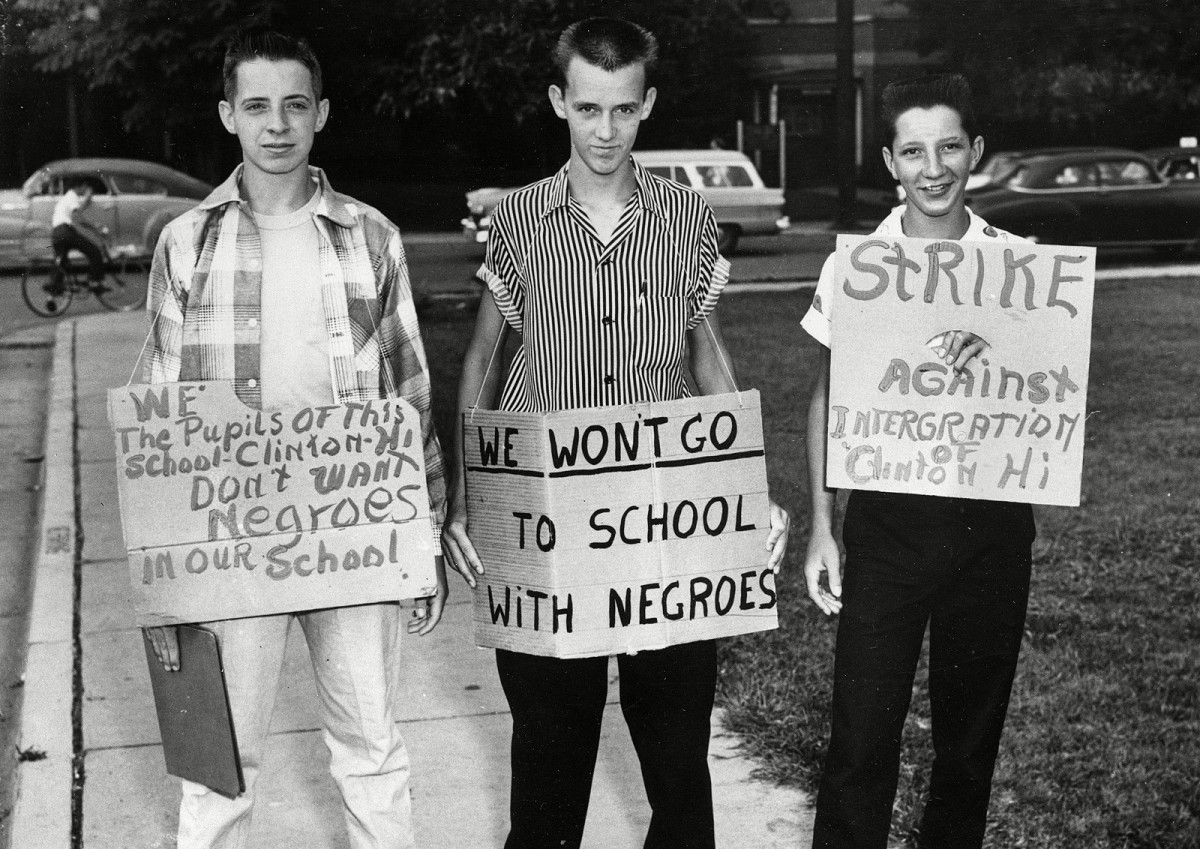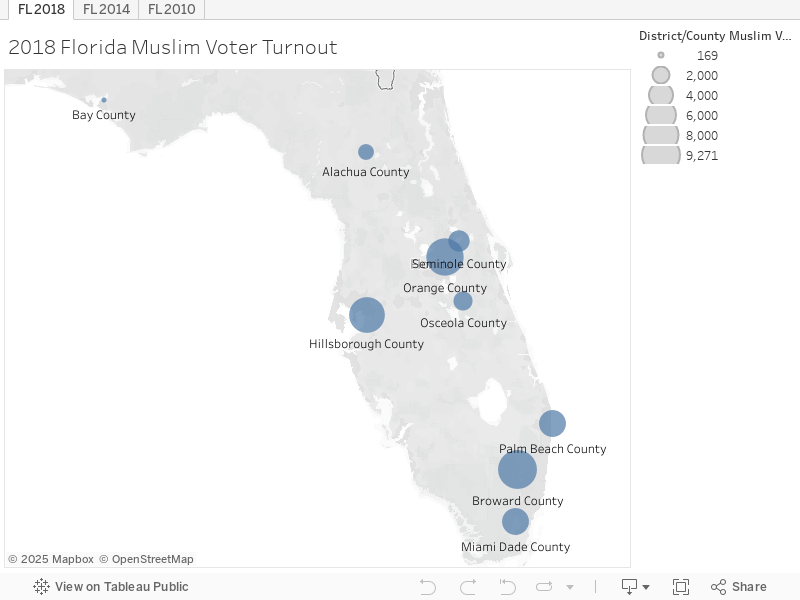School Desegregation: The End Of An Era? Analysis Of DOJ's Decision

Table of Contents
The Historical Context of School Desegregation in the US
The fight for school desegregation is deeply rooted in American history. The landmark Supreme Court case, Brown v. Board of Education (1954), declared state laws establishing separate public schools for black and white students unconstitutional. However, the implementation of this ruling proved to be a long and arduous struggle, met with significant resistance in many parts of the country. While the DOJ played a crucial role in enforcing desegregation mandates during the Civil Rights era, progress has been uneven and setbacks frequent.
- Key legislation related to school desegregation: The Civil Rights Act of 1964, the Elementary and Secondary Education Act of 1965, and the Fair Housing Act of 1968 all contained provisions aimed at promoting school desegregation.
- Significant milestones in the fight for desegregated schools: Court-ordered busing, the creation of magnet schools, and the implementation of affirmative action policies represented key attempts to achieve desegregation.
- Examples of successful and unsuccessful desegregation initiatives: While some districts successfully integrated their schools, many others experienced limited progress or even a resurgence of segregation through housing patterns and other factors.
The DOJ's Shifting Role in School Desegregation
The DOJ's involvement in school desegregation cases has fluctuated over time. Recent years have witnessed a noticeable decrease in the department's enforcement efforts, leading to concerns about the future of desegregation. This shift is likely influenced by a combination of factors, including changing political priorities and legal challenges to desegregation initiatives. The Supreme Court's decisions have also played a significant role, often limiting the scope of remedies available to address segregation.
- Specific examples of DOJ involvement (or lack thereof) in desegregation cases: A detailed analysis of recent cases would reveal the DOJ's reduced intervention, particularly in addressing de facto segregation (segregation resulting from residential patterns).
- Analysis of recent DOJ statements or policy documents on school desegregation: Examination of official communications from the DOJ reveals a less forceful commitment to aggressive desegregation compared to previous eras.
- Potential impact of Supreme Court decisions on the DOJ's role: Key Supreme Court rulings have limited the types of remedies the DOJ can pursue, thus impacting their ability to address entrenched segregation.
The Current State of School Segregation: A Data-Driven Perspective
Despite decades of legal battles and social change, school segregation remains a persistent problem in the US. Data reveals significant racial and socioeconomic disparities in school demographics. This segregation manifests in both de jure (segregation mandated by law) and de facto forms, the latter often being more challenging to address. The consequences of this segregation are far-reaching, affecting educational outcomes, opportunities, and overall equity.
- Statistics on racial and socioeconomic segregation in schools: Current statistics highlighting the disproportionate concentration of minority students in under-resourced schools need to be presented here.
- Data showing the achievement gap between segregated and integrated schools: Quantifiable data emphasizing the achievement disparities between segregated and integrated schools are necessary to illustrate the problem's magnitude.
- Examples of successful integration models and their outcomes: Highlighting successful integration models, such as magnet schools or controlled choice plans, and their positive impact on student achievement provides a counterpoint and potential solutions.
Implications of the DOJ's Approach: Is Desegregation Losing Momentum?
The DOJ's reduced focus on school desegregation carries significant long-term implications. The decreased enforcement could lead to increased segregation, exacerbating existing inequalities and hindering educational progress for marginalized communities. This raises questions about the future of desegregation and the need for alternative strategies.
- Potential negative effects of decreased DOJ enforcement on school desegregation: Increased segregation, widening achievement gaps, and continued disparities in educational resources are some of the potential negative consequences.
- The role of local communities and grassroots organizations in fighting segregation: Highlighting the efforts of local communities and grassroots organizations in challenging segregation and promoting integration is vital.
- Alternative legal strategies for achieving school desegregation: Exploring alternative strategies, such as focusing on housing policies or addressing discriminatory school funding formulas, offers paths forward.
Conclusion: The Future of School Desegregation: A Call to Action
The DOJ's evolving role in school desegregation raises serious concerns about the future of equitable education. While the legal battles continue, the decline in DOJ enforcement suggests a potential shift away from proactive desegregation efforts. This does not, however, signal the end of the fight for school desegregation. The need for continued advocacy, community involvement, and innovative strategies to achieve truly integrated and equitable schools remains paramount. We must all actively work to promote educational equity and ensure desegregated schools for all children. Learn more about school desegregation, get involved in advocacy efforts, and support organizations working to achieve equitable education. Let's collectively fight for school desegregation and build a brighter future for every student.

Featured Posts
-
 Xrp Future Price Post Sec Case Analysis And Predictions
May 02, 2025
Xrp Future Price Post Sec Case Analysis And Predictions
May 02, 2025 -
 Winning Numbers Daily Lotto Wednesday April 16 2025
May 02, 2025
Winning Numbers Daily Lotto Wednesday April 16 2025
May 02, 2025 -
 Decoding The 2024 Political Climate Examining Voter Turnout In Florida And Wisconsin
May 02, 2025
Decoding The 2024 Political Climate Examining Voter Turnout In Florida And Wisconsin
May 02, 2025 -
 Troubleshooting Fortnites Matchmaking Error 1 Expert Tips
May 02, 2025
Troubleshooting Fortnites Matchmaking Error 1 Expert Tips
May 02, 2025 -
 Mini Camera Chaveiro Espia Descubra Os Melhores Modelos E Precos
May 02, 2025
Mini Camera Chaveiro Espia Descubra Os Melhores Modelos E Precos
May 02, 2025
